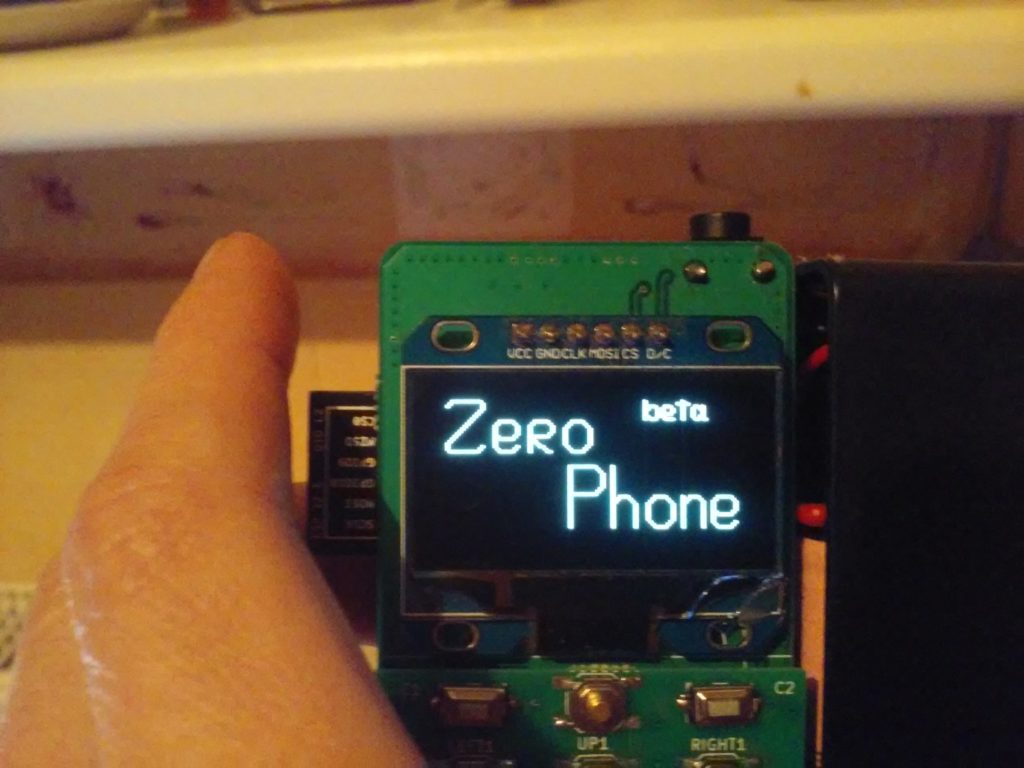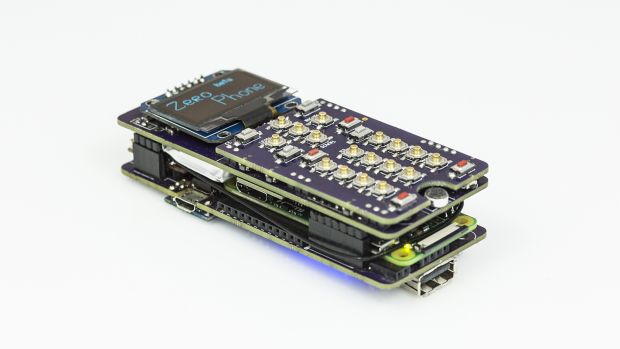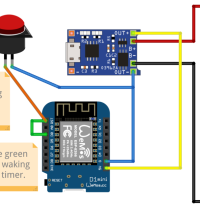- makeITcircular 2024 content launched – Part of Maker Faire Rome 2024Posted 2 weeks ago
- Application For Maker Faire Rome 2024: Deadline June 20thPosted 2 months ago
- Building a 3D Digital Clock with ArduinoPosted 7 months ago
- Creating a controller for Minecraft with realistic body movements using ArduinoPosted 7 months ago
- Snowflake with ArduinoPosted 8 months ago
- Holographic Christmas TreePosted 8 months ago
- Segstick: Build Your Own Self-Balancing Vehicle in Just 2 Days with ArduinoPosted 8 months ago
- ZSWatch: An Open-Source Smartwatch Project Based on the Zephyr Operating SystemPosted 9 months ago
- What is IoT and which devices to usePosted 9 months ago
- Maker Faire Rome Unveils Thrilling “Padel Smash Future” Pavilion for Sports EnthusiastsPosted 10 months ago
DIY a Zero-powered smartphone

One of the first applications of the original Raspberry Pi was building a homebrew smartphone, but the launch of the smaller Raspberry Pi Zero, followed by the Raspberry Pi Zero W, has allowed makers to build even smaller versions.
Resembling nothing more than one of the old Nokia 3410s turned inside-out, the ZeroPhone is designed to be:
1) As open-source as possible *while also being cheap*
2) Easy to get parts for if you want to assemble one
3) Easy to assemble and repair
4) Free from apps with privacy concerns
5) Easy to write apps for
“ZeroPhone is a platform for hackers, people not happy with their smartphones, people that want privacy, people that want the power of Linux in their pockets and many more.”
It costs about 50$ in parts, and all the parts are available on eBay. Most of the phone can be assembled with just a soldering iron. User interface is written using Python, it has an UI framework for easier app development.
ZeroPhone Features:
– Raspberry Pi Zero in a PCB sandwich
– No proprietary connectors, hard-to-get parts or chips that are tricky to solder. All the specifications for making this phone yourself will be available
– Python as the main language for developing apps (aiming to add other languages later)
– UI toolkit making development quicker and easier
– Numeric keypad, 1.3″ 128×64 monochrome OLED screen (with screen header supporting other types of screens)
– 2G modem for phone functions, can be replaced with a 3G modem
– WiFi (using an ESP8266), HDMI and audio outputs, a free USB host port
– GPIO expansion headers for customization
– RGB LED and vibromotor – for notifications
Check out the full guide on Hackaday for instructions on how to make it.

















Pingback: Pitalk: Modularity and Customization for Your DIY Phone | Open Electronics